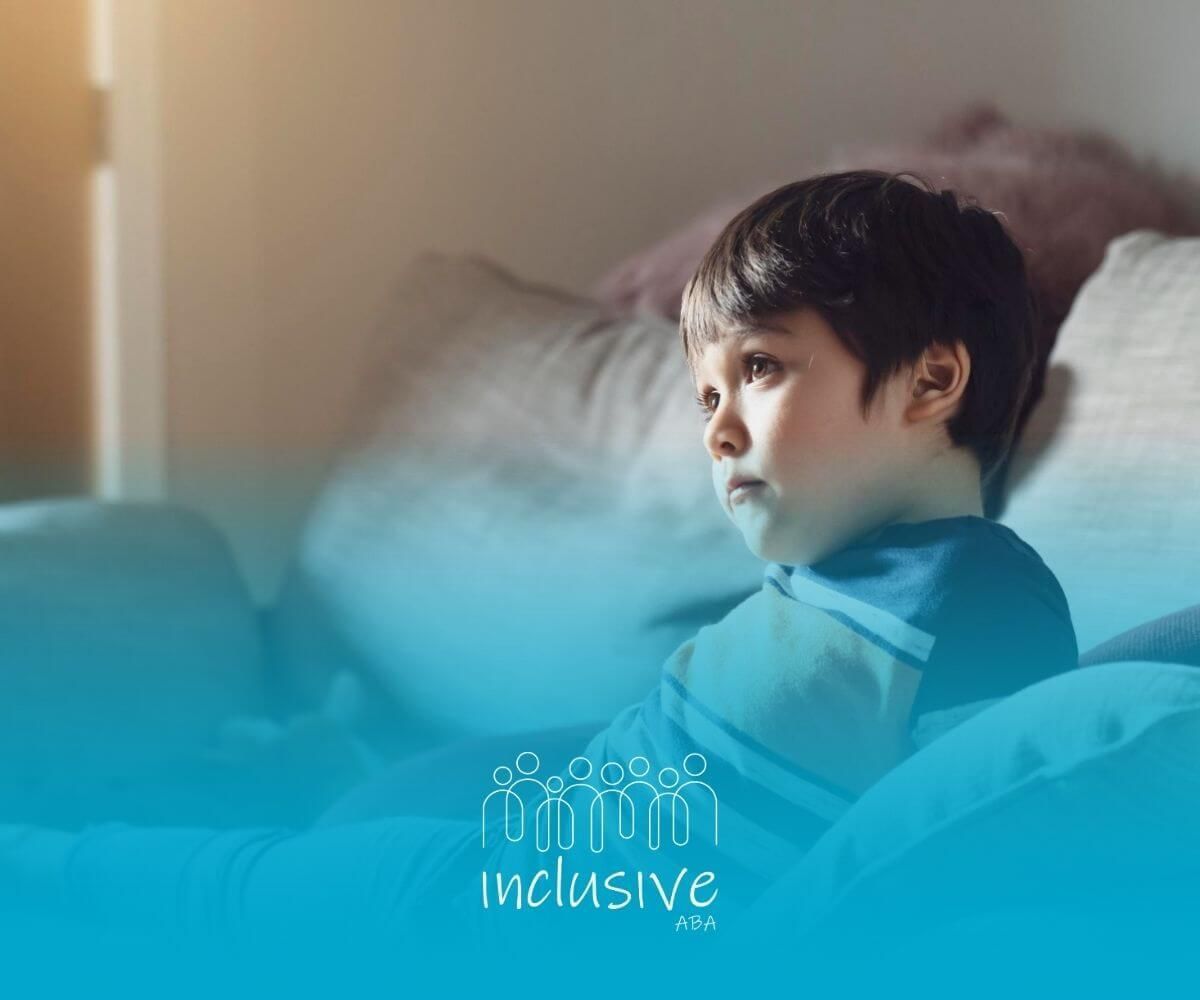Understanding the History of ABA Therapy Through Time
Key Highlights
- Applied Behavior Analysis (ABA) therapy emerged from foundational behavioral science and operant conditioning principles.
- Influential figures such as B.F. Skinner and Ivar Lovaas shaped its development, revolutionizing behaviour analysis for autistic children.
- The launch of journals like the "Journal of Applied Behavior Analysis" solidified its place in scientific research.
- Shifts towards positive reinforcement and ethical standards improved treatment practices over decades.
- Modern ABA therapy integrates technology and evidence-based approaches, expanding its applications beyond autism.
- Historical advancements continue to inspire innovation, cultural sensitivity, and inclusivity in ABA practices today.
Applied Behavior Analysis, or ABA, is a field that’s been through serious transformation. What started in labs with animals now plays a meaningful role in classrooms, homes, and therapy offices. It’s a story worth knowing—especially if you’re a parent or provider.
One mom I worked with shared how hesitant she was to try home-based ABA again. Her son had a bad experience years before. But with the right support team and a personalized approach, he began to thrive.
Her words after six months still give me chills: “You helped me see my son—not just fix him.” That’s the ABA we believe in today.
Where ABA Therapy Began
From Theory to Practice
In the early 1900s, psychology was going through big changes. Instead of focusing on what people felt or thought, some scientists started paying attention to what people did. That shift—from mental states to actions—laid the groundwork for what would become ABA.
John Watson was one of the first to argue that psychology should be based on observable behavior. He believed that if you can’t see it or measure it, you can’t study it scientifically.
His ideas led to more structured experiments, like Pavlov’s famous work with dogs and bells, which showed how behavior can be trained through repeated signals.
Skinner’s Operant Conditioning
B.F. Skinner took things further. Instead of focusing on what comes before a behavior (like Pavlov’s stimulus), he looked at what happens after. In simple terms: if a behavior is followed by something good, it’s more likely to happen again.
Skinner tested this using animals—like pigeons and rats—in carefully designed settings. He showed that rewards and consequences could shape behavior in predictable ways. That idea, known as operant conditioning, became the cornerstone of ABA.
His research may have started in a lab, but the core principle—that behavior responds to its environment—is still central to how ABA works today.
The People Who Brought ABA to Life
Lovaas, Ferster, and Real-World Application
While Skinner developed the theory, others took it into the real world. Charles Ferster worked closely with Skinner and helped translate operant principles into practical tools.
Ivar Lovaas, meanwhile, focused on children—especially autistic children. He used reinforcement techniques to teach communication, reduce harmful behavior, and build basic life skills.
While his early work was controversial for using aversive methods (more on that later), he was one of the first to show that structured behavioral intervention could help autistic children make meaningful progress.
Baer, Wolf, and Risley: Defining ABA
In 1968, Donald Baer, Montrose Wolf, and Todd Risley published a paper called “Some Current Dimensions of Applied Behavior Analysis.” This article is still considered one of the most important pieces of writing in the field.
They explained what ABA should be: applied, practical, measurable, and effective. They also emphasized that interventions should matter in real life—not just in experiments.
Their work helped set the tone for how ABA would be taught, practiced, and evaluated for decades to come.
Pivotal Moments That Shaped ABA Therapy
The Journal That Gave ABA a Voice
1968 wasn’t just the year Baer, Wolf, and Risley laid out the foundation of ABA. It was also the year the Journal of Applied Behavior Analysis (JABA) launched.
This journal gave researchers and practitioners a place to share what worked—and what didn’t—when it came to changing behavior. For the first time, ABA had its own professional platform. That meant ideas could be tested, published, and refined. It helped ABA grow from isolated studies into a shared, science-backed field.
Setting Standards: The BACB Is Born
Fast forward to 1998, and another big moment arrived: the creation of the Behavior Analyst Certification Board (BACB). This organization set clear rules for training, ethics, and certification. For families and professionals alike, it brought credibility and accountability to the field.
Thanks to the BACB, anyone receiving ABA therapy today can feel confident that their provider meets a recognized standard of education and practice.
How ABA Became More Ethical—and More Human
Early Mistakes: The Problem With Aversives
In ABA’s early days, some practitioners used punishment or “aversives” to try to stop certain behaviors. That could mean loud noises, physical prompts, or other harsh methods.
While the goal was to reduce harmful or disruptive behavior, the experience for the person receiving therapy wasn’t always positive—or fair.
Over time, people began to speak out. Families, self-advocates, and
professionals raised ethical concerns, especially from the autistic community. Their message was clear: therapy should never hurt, shame, or ignore someone’s dignity.
The Shift to Positive Behavior Support
As the field evolved, so did its values. Today’s ABA is focused on positive reinforcement, not punishment. Therapists work to understand the why behind a behavior, and support clients in building up skills rather than simply eliminating problems.
This shift led to what we now call Positive Behavior Support (PBS). It's proactive, compassionate, and deeply rooted in respect for the individual. Whether in schools, homes, or clinics, PBS reflects a more human-centered approach to ABA.
How ABA Therapy Expanded Beyond Autism
Starting With Developmental Disabilities
Originally, ABA was used mostly to support children with developmental disabilities—especially autism. Ivar Lovaas’s early work in the 1980s helped spark widespread interest in early intervention for autism.
By using consistent, structured reinforcement, Lovaas and his team helped children develop communication skills, reduce self-injury, and improve independence.
While early methods have rightly been questioned for ethical reasons, there’s no doubt that this work showed ABA could make a measurable, positive difference.
Moving Into Schools and Mental Health
Today, ABA is used far beyond its original scope. Teachers apply ABA strategies in classrooms to manage behavior and promote learning.
Therapists use it to treat anxiety, OCD, ADHD, and more. Even workplaces and parenting programs sometimes borrow ABA tools to encourage helpful habits or reduce stress.
ABA’s flexibility is one of its strengths—it’s not tied to one diagnosis, one age group, or one setting.
Conclusion
ABA therapy has come a long way. What began in university labs is now helping children, teens, and adults live more independent, fulfilling lives. But history hasn’t just shaped the methods—it’s changed the mindset.
Today’s ABA is built on compassion, data, ethics, and flexibility. And that means better outcomes for the people who matter most.
Ready to see how ABA therapy can help your child?
At Inclusive ABA, we offer personalized, family-centered therapy rooted in modern best practices. Our team is here to support your child’s growth, communication, and confidence—every step of the way.
Contact Inclusive ABA today to learn more about our services or schedule a consultation
FAQs
How did ABA therapy begin, and who started it?
ABA therapy began as part of behavior science in the early 20th century. Pioneers like B.F. Skinner and Ivar Lovaas helped shape it into a therapy model used today.
Why has ABA therapy changed so much over time?
Feedback from families, ethical debates, and research helped ABA shift away from harsh methods and toward positive, person-centered care.
Is modern ABA therapy different from what it used to be?
Yes. Today’s ABA focuses on individualized care, positive reinforcement, and dignity. It’s a more ethical and compassionate approach than early methods.
Sources:
- https://blogs.uoregon.edu/autismhistoryproject/topics/applied-behavior-analysis/
- https://pmc.ncbi.nlm.nih.gov/articles/PMC3640891/
- https://www.appliedbehavioranalysisedu.org/who-was-bf-skinner/
- https://www.challengingbehaviour.org.uk/information-and-guidance/positive-behaviour-support/
- https://www.thechicagoschool.edu/insight/psychology/scientific-concepts-applied-behavior-analysis/
Looking for Expert Help? We're Here for You!
Our compassionate and skilled team is devoted to enhancing your child's development through customized ABA therapy. Let us partner with you to create a supportive environment for your child's success.
Discover how we can help your family thrive with expert ABA therapy.
Related Posts







